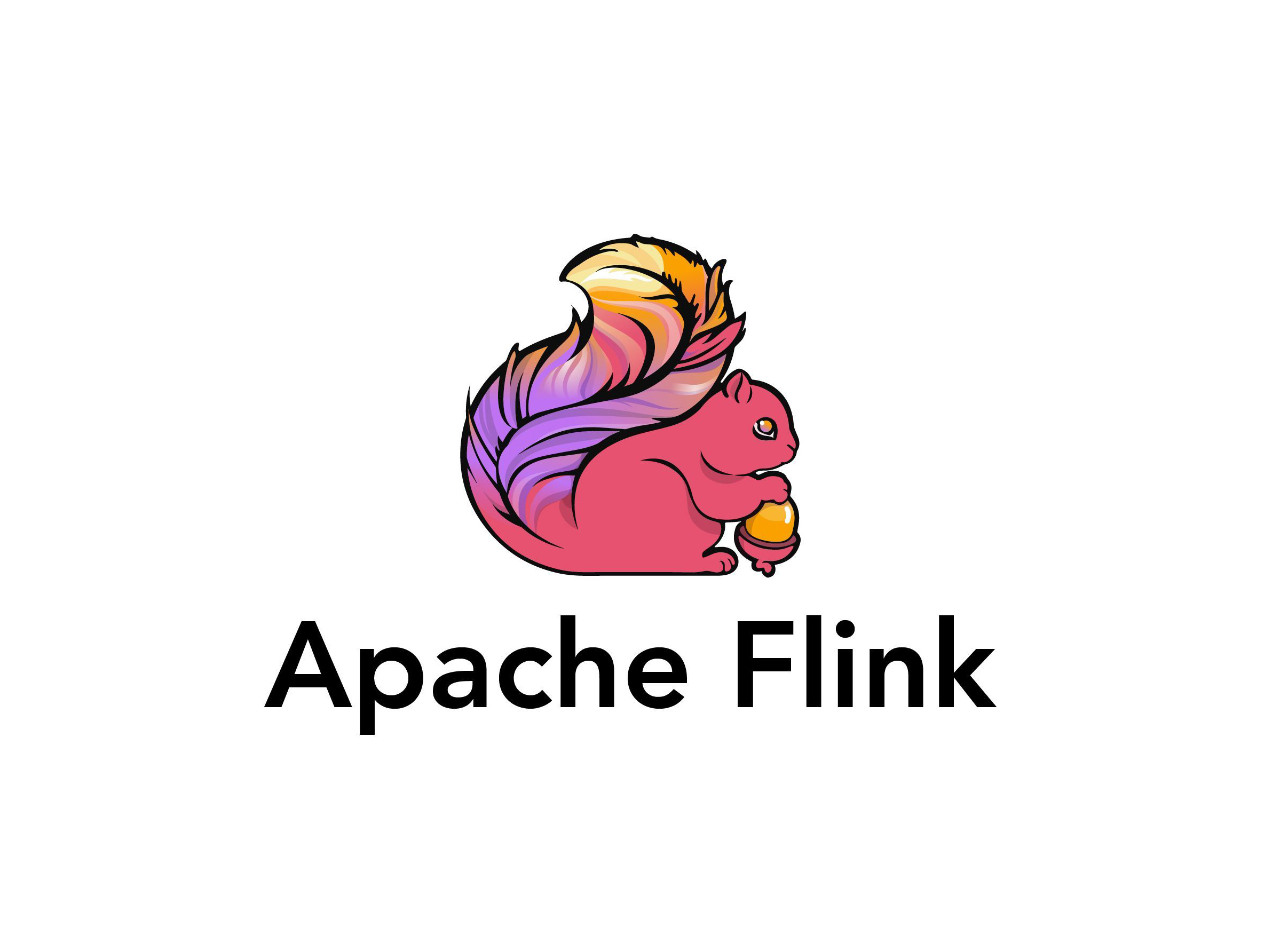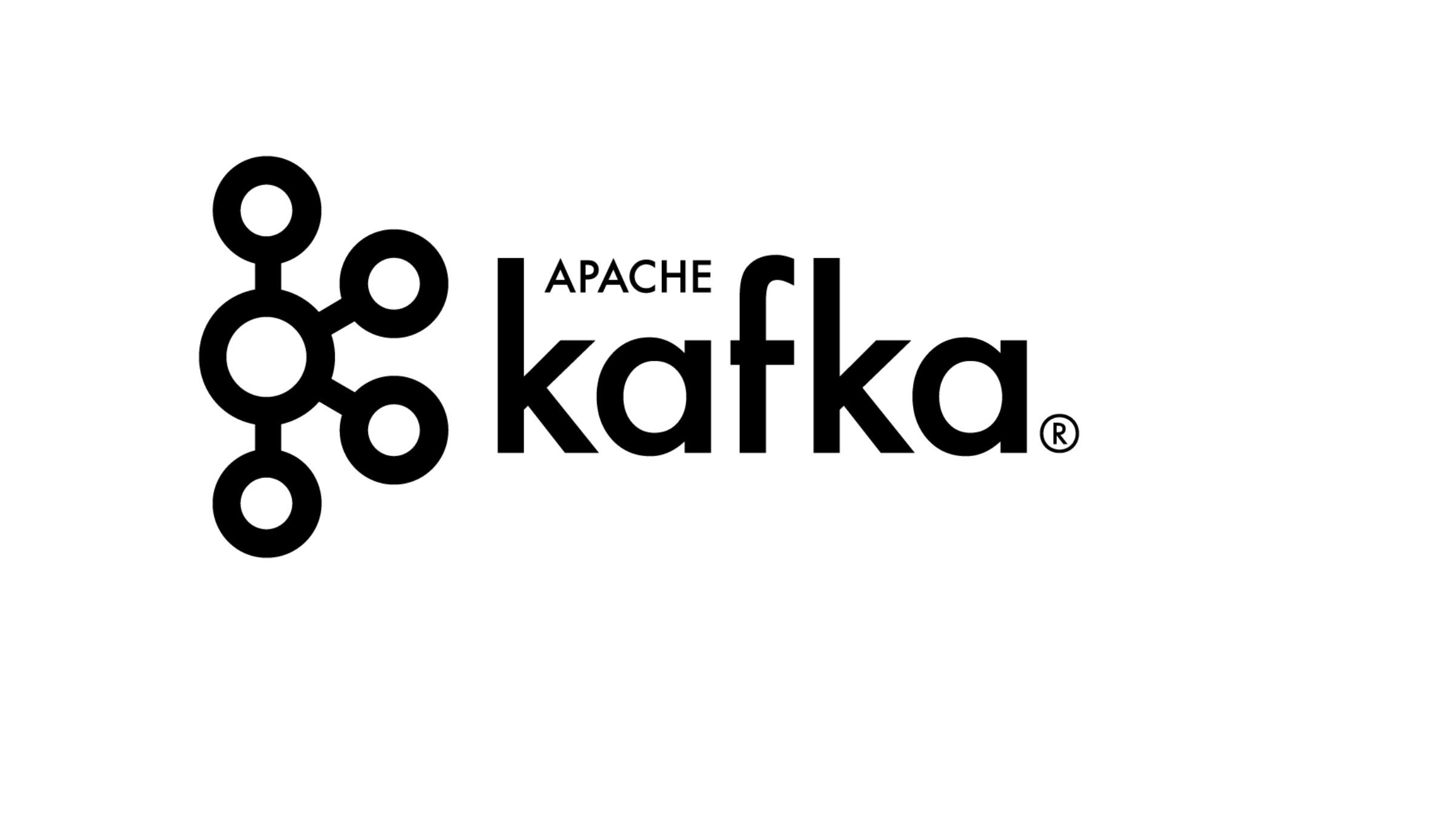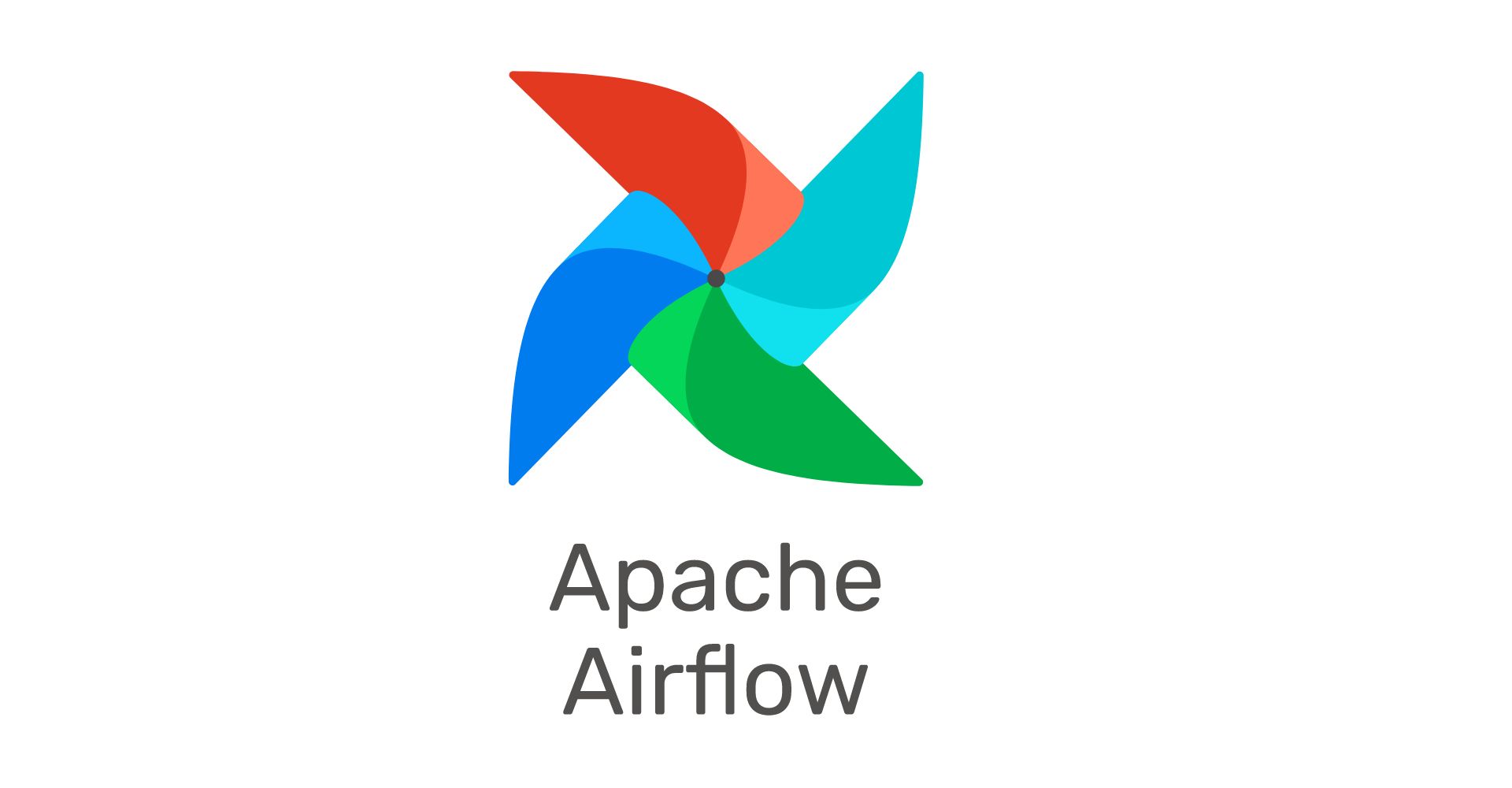ETL vs. ELT: Choosing the right data integration strategy for your business
Published
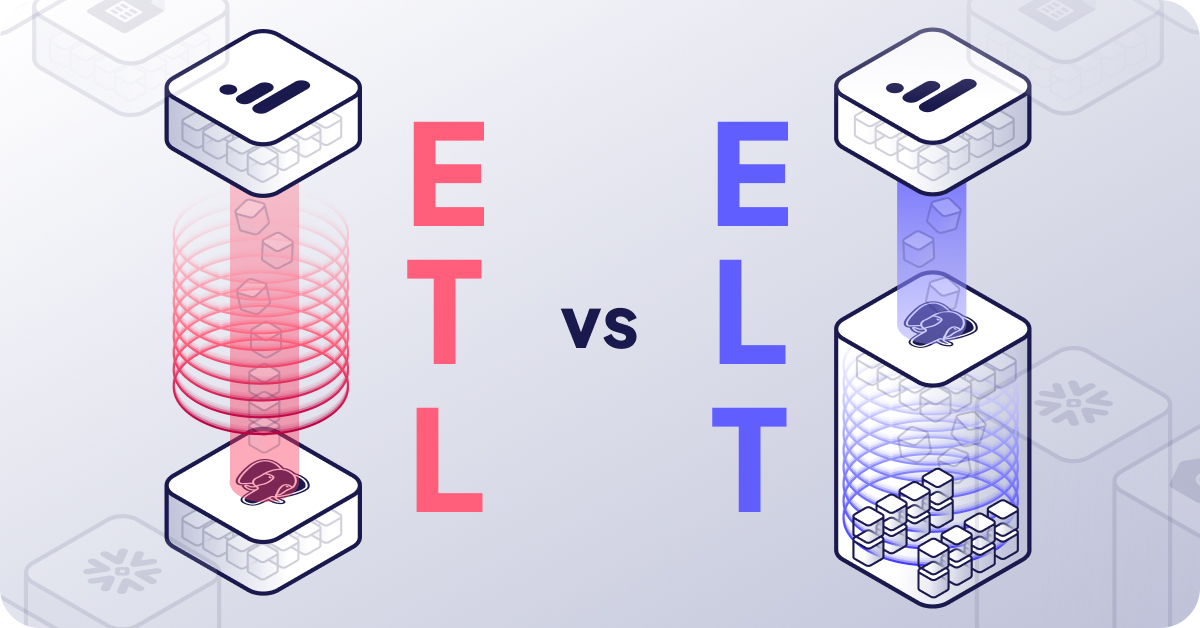
In today's data-driven world, companies deal with large amounts of data that need to be extracted, transformed, and loaded into their data warehouse or data lake (ETL). With the emergence of new technologies, there is a debate about whether traditional ETL is still relevant or whether a new approach called ELT (extract, load, transform) is better. In this blog post, we discuss ETL and ELT and help you choose the right data integration strategy for your business.
ETL: Extract, Transform, Load
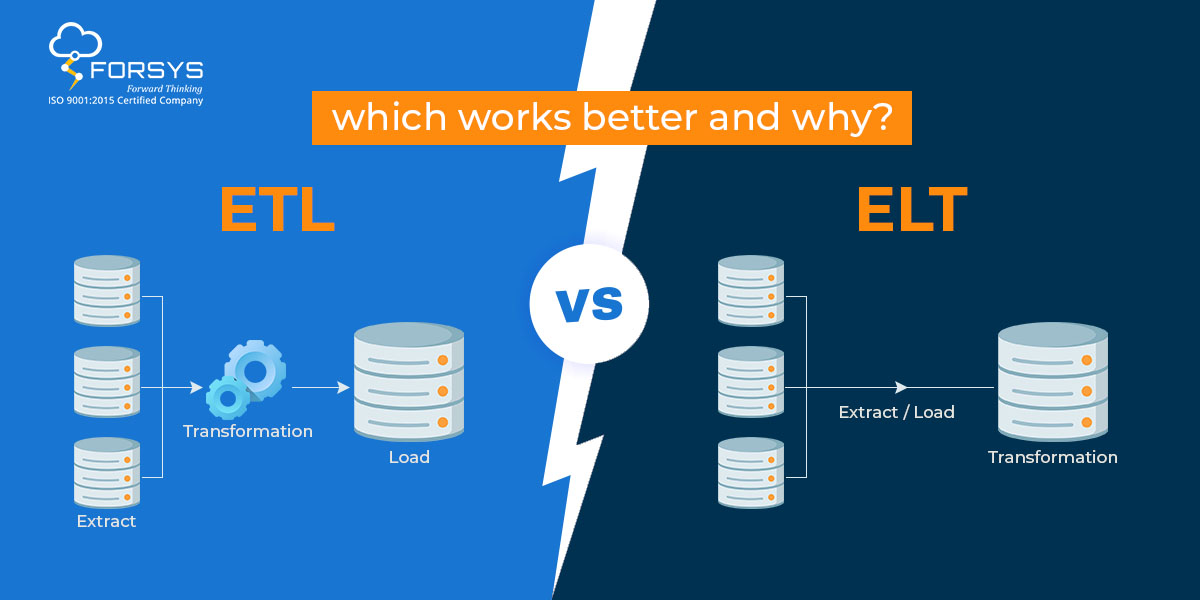
Those : forsysinc.com
ETL is a traditional data integration approach in which data is extracted from various sources, converted into a unified format and then converted into a Data Warehouse or a data lake can be loaded. ETL has been the standard approach for years and is well suited to structured data sources such as databases and spreadsheets. ETL is beneficial because it allows companies to clean and transform data before loading it into the data warehouse, ensuring high data quality.
ELT: Extract, Load, Transform
ELT is a newer approach to data integration in which the data is first loaded into a data lake or data warehouse and later transformed. With ELT, companies can harness the power of cloud-based data storage to store large amounts of data and use cloud-based data processing tools to Data to transform. ELT is particularly useful for unstructured data sources such as log files and social media data, which can be stored in a data lake and later transformed.
ETL vs. ELT: Pros and Cons
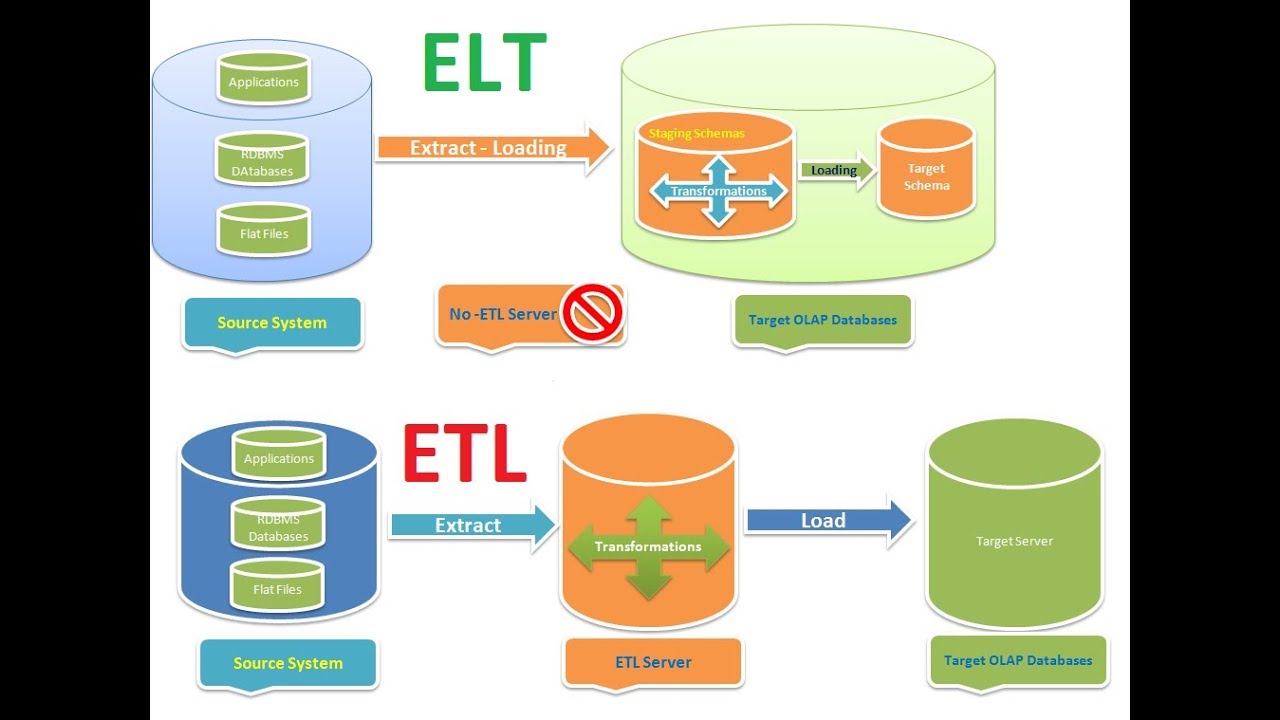
Those : youtube.com
Both ETL and ELT have their advantages and disadvantages, and companies should choose the approach that best suits their needs. ETL works well for structured data sources and provides companies with control over the data transformation process. However, ETL can be slow and requires extensive planning in advance. ELT, on the other hand, is well suited to unstructured data sources and offers companies the flexibility to transform data on the fly. However, ELT can be expensive and requires more Cloud -based resources.
Which approach should you choose?
Which approach you choose ultimately depends on your business needs. If you have structured data sources and need to transform the data before loading it into a data warehouse, ETL is a better approach. However, if you have unstructured data sources and need to transform the data on the fly, ELT is a better approach. It's also worth noting that many companies use a combination of both approaches, known as ETLT.
Conclusion

Those : istockphoto.com
In summary, choosing the right data integration strategy is crucial for companies that want to make the most of their data. ETL and ELT are two different approaches to data integration , and companies should choose the approach that best suits their needs. Whether you choose ETL, ELT, or a combination of both, a solid data integration strategy is essential to ensure your data is high quality and usable for your business.
